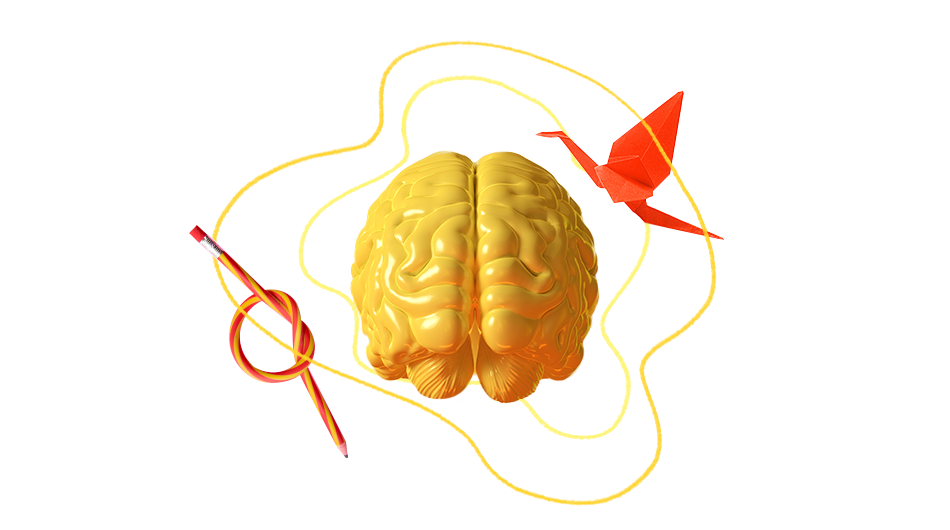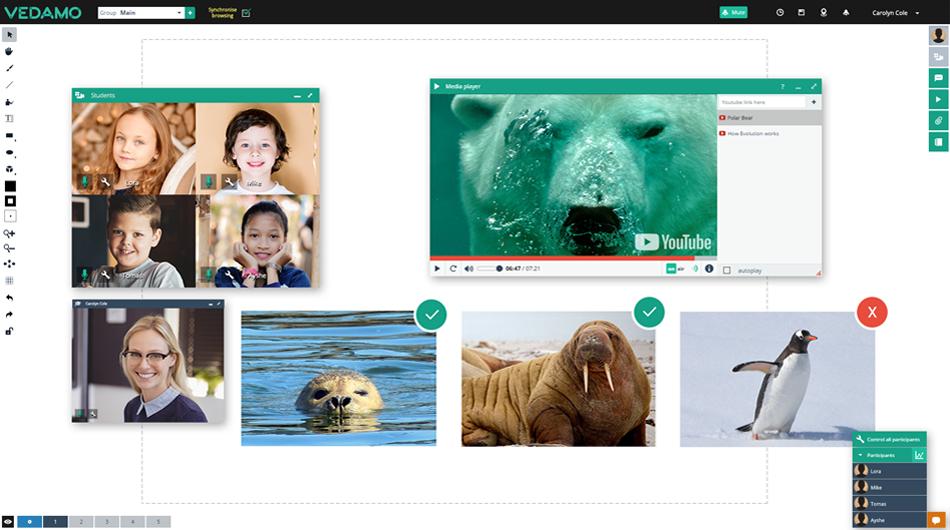A four-part series containing 12 tips which explains the challenges and explores way to become a top online teacher. This includes different ways to learn, embracing technology, IM vs dedicated systems, having fun, training teachers, and many more.
Do what you are good at
First off, you have to play to your strengths. You may be a terrible children’s teacher but a great university professor. So, tips that work in one area are useless in another. Trying to build up a child’s brainpower by firing their imagination with colourful videos is not the same as appealing to an adult’s intellect in solving a problem. Approaches are different depending on the discipline, the age levels, the intellectual capacity, etc. But one thing you don’t have a restriction on is the ability to bring sources in from anywhere. Online you have everything (IP rights respected, of course) open to you. Things that might be difficult to do in a physical classroom can be quick and easy online.
I have a little acronym for you to keep your eye on the prize of being a top teacher online: hit them with Cupid’s arrows:
Characteristics – the facets that make you you
Unique – Your own unique way of getting your message across
Personality – your personality shines through
Individual – you tailor everything to the individual student
Distinct – what you do is not the same as anyone else
I will return to this theme throughout this series and give tips on how to use these arrows to enliven your teaching.
You know your field. Now go out there and use everything you can to bring life and power to your interactions. You know lots more than your students, and now is your time to shine. Join free classes in your discipline to see what your peers are doing, how do they use the space, what do they bring to the table? To be top in your field, you need to bring something new to the table. You are unique, use that.

The great beauty of the web is in instruction. Everyone has their own favourite way to learn things.If you like a visual demonstration, find a YouTube video. Should you prefer written instructions, find those. If a combo is what you’re looking for, that’s easily found too. Some of us like to learn by doing, by using our hands. If you prefer to learn among peers, join a class or a group. I love cooking and I have joined a few groups and we help each other all the time. Always remember how you learn things and try to apply them in your own classes.
There are many ways to learn
Which brings me to the crux of being an outstanding teacher. Understanding that there are many ways to learn and the great educator manages to get through to the various types that are out there. Howard Gardner did prodigious efforts in this discipline and he identified 7 intelligences:
| Intelligence type | capability and perception |
| Linguistic | words and language |
| Logical-Mathematical | logic and numbers |
| Musical | music, sound, rhythm |
| Bodily-Kinesthetic | body movement control |
| Spatial-Visual | images and space |
| Interpersonal | other people’s feelings |
| Intrapersonal | self-awareness |
Detailed information may be found here.
We all have better and lesser capabilities depending on how we like to learn. Most of us are a mixture of the above possibilities and indeed. I often get students to take the test of Multiple intelligences offered in the above website early in the course. It enables them and me to get to grips with how they like to learn, and what their strengths are. If their brain operates in a certain way, then use that to tailor the instruction. Teaching online allows you greater flexibility and bigger use of resources.
If you yourself have a very narrow comfort zone in how you like to teach and in your own learning style, I think I am going to have to classify that as a weakness and something to be worked on. Try to open out your thinking, embrace the many ways people learn and incorporate that in your classes.

Embrace the technology
I would say that it’s not the technology, it’s you that makes the difference. But’s it the you that embraces the technology, that explores the range that is offered, that constantly searches the web for things to use, and keeps up to date on what’s is out there and changes that are happening in education, that gets the most out of it. You combine with the tech to make yourself a better teacher.
An intuitive system like Vedamo makes it all so much easier. Here you can pull in all the aspects of the web in a straightforward package that is comparatively easy to use for both instructor and student. Say you want to teach carpentry. Traditionally that would have been impossible to teach by remote, but now the students can be in their workshop. You can be in your workshop. You can show them what to do, and you can monitor what they are doing, you can check the quality of their tools, their technique, their workspace, their finished product. The same would apply to cooking and many other areas. This is not really possible in a traditional evening class as the students have to use the tools and space provided, so online scores here.

How great is it to learn how to cook in your own kitchen?
The point also here is that watching a Youtube video you can be fooled into thinking you are following directions correctly but somehow the finished product is not right. Having a teacher who can correct you when you are not doing something quite right is a godsend. And online can be a real boon for the clever craftsperson who wants to get through to people who cannot easily travel. Ancient skills can have a resurgence though utilizing modern methods. If you are able to seamlessly use an online system to get your instruction across, you are well on your way to becoming the guru of choice for those who wish to learn.
